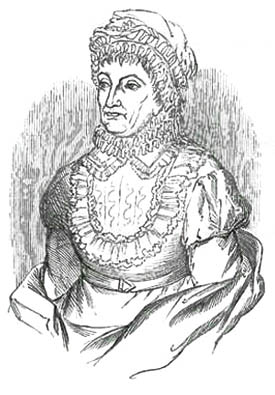Her contributions to astronomy
Caroline Lucretia Herschel was a German-born British astronomer, whose most significant contributions to
astronomy were the discoveries of several comets, including the periodic comet 35P/Herschel_Rigollet, which
bears her name.
She was the younger sister of astronomer William Herschel, with whom she worked throughout her career.
She was the first woman to receive a salary as a scientist and the first woman in England to hold a government
position.She was also the first woman to publish scientific findings in the Philosophical Transactions of the
Royal Society, to be awarded a Gold Medal of the Royal Astronomical Society (1828), and to be named an Honorary
Member of the Royal Astronomical Society (1835).The King of Prussia presented her with a Gold Medal for Science
on the occasion of her 96th birthday (1846). The King of Prussia presented her with a Gold Medal for Science on
the occasion of her 96th birthday (1846).
From 1786 to 1797 she discovered eight comets, the first on 1 August 1786 while her brother was away and she was using his telescope. She had unquestioned priority as discoverer of five of the comets and rediscovered Comet Encke in 1795. Five of her comets were published in Philosophical Transactions. A packet of paper bearing the superscription, "This is what I call the Bills and Receipts of my Comets" contains some data connected with the discovery of each of these objects. William was summoned to Windsor Castle to demonstrate Caroline's comet to the royal family. William recorded this phenomenon, himself, terming it "My Sister's Comet." Caroline Herschel is often credited as the first woman to discover a comet.
Here's a image of the Herschel C. crater on the moon named after Caroline.

webography:
www.w3schools.com/html/html_layout.asp
en.wikipedia.org/wiki/Caroline_Herschel
